
Country series: Faster progress on renewables in Italy?
With its long coastline, high mountains and sunny Mediterranean islands, Italy should be well placed to increase its production of renewable energy. The challenge is to link power production with consumption over long distances and complex topography.
Italy is the fourth-largest energy consumer in Europe, after Germany, France and the United Kingdom. Its per capita consumption, however, is about 20 per cent lower than the EU average.
Italy's varied topography is both a blessing and a challenge, says Statkraft's country manager Bernardo Ricci Armani:
"Italy is a sunny country, and solar energy is an important part of our energy mix. Both sun and wind are most abundant in the southern part of the country, including the islands of Sicily and Sardinia. In the north, the landscape is dominated by a series of wide plains. It’s also where the largest cities and most of the country’s industry are located."
Most of its renewable power production thus takes place in the south, while energy consumption is greatest in the north.
The Apennines mountain range stretches around the plains in the north and down to the southern part of the country.
"To build a bridge over the divide between north and south, battery storage will be crucial to ensure a stable power grid," says Ricci Armani.


In 2021, thermal energy sources still accounted for most of Italy's power consumption, mainly natural gas, but also some coal and biomass. Renewable energy sources account for around 36 per cent of consumption. Hydropower is the largest renewable source at 38 per cent, followed by solar power at 23 per cent and wind power at 13 per cent.
"Coal power is being phased out. The authorities have set a goal that all the country's coal power plants will close by 2025," says Ricci Armani.
Italy is estimated to be the world's second-largest net importer of electric power, with imports coming mainly from Switzerland and France.
In 2019, an undersea power cable was also put into operation between Italy and Montenegro. The cable connection stretches 445 kilometres across the Adriatic Sea and is the first "electric bridge" between the EU and the Balkans.

Local opposition
Italy has high ambitions to increase its power production from renewable sources.
In 2021, the Ministry of Ecological Transition (Ministero della Transizione Ecologica – MiTE) was established as part of the Italian government. To achieve the goal of the EU's green growth strategy (European Green Deal) for a carbon-neutral Europe by 2050, MiTE has strengthened its goals for Italy for 2030:
-
Greenhouse gas emissions will be reduced by 51 per cent compared with the 1990 level, up from the previous target of 37 per cent.
-
The share of power consumption from renewable energy sources will be increased from 30 to 37 per cent.
However, the process of obtaining authorisation to build new renewable power plants can be both complex and tedious in Italy, not least due to local opposition.
"Larger projects, such as solar and wind power plants that will affect the landscape, must be approved by environmental protection authorities. Power plants can also sometimes be planned near a church or a site of archaeological value. In many places, local politicians use such arguments for populist purposes to block projects," says Ricci Armani.
The coalition government formed by Prime Minister Mario Draghi in February 2021 seeks to address these challenges by allowing central authorities to exercise greater power.
"I anticipate more problems when central authorities in Rome make more decisions affecting the regions. This is currently one of the fiercest debates in Italy," he says.
Italy is a bureaucratic country, and previously the authorisation process for a wind farm, for example, could take between five and seven years.
"MiTe has a clear intention to shorten the processing time, but so far this ambition has produced few results," says Ricci Armani.

Increased use of electricity
Reduced access to Russian gas due to the war in Ukraine has highlighted Italy’s dependence on power imports.
“We can no longer rely on obtaining gas from Russia, and I believe that the only solution in the long run is to develop more renewable energy,” says Ricci Armani.
Italy is the only G8 country without nuclear power after the last two nuclear reactors were shut down in 1990 as a result of a referendum. A new poll in 2011 confirmed that an overwhelming majority of Italy's population is against nuclear power.
"Some politicians have argued that Italy should reconsider investing in nuclear power, but since Italians have clearly expressed their opposition to this in two referendums, I think investment in new nuclear power plants is rather unlikely," he says.
The corona pandemic demonstrated the need to accelerate the green shift in Italy. High gas prices mean that more people want increased investment in renewable energy.
"In addition to solar and wind power, the investment in hydrogen must grow in a more sustainable way. We must also work to change our habits, for example by switching to using electricity instead of gas in households. Where I live in Milan, we now use electricity for heating. More and more charging stations for electric cars are also being built in the big cities," he says.
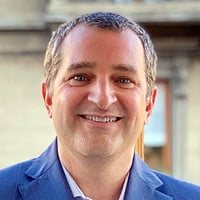
Bernardo Ricci Armani
Bernardo Ricci Armani is vice president and Statkraft's country manager for Italy, and is based at the company's office in Milan. The unit is part of the business area European Wind and Solar.
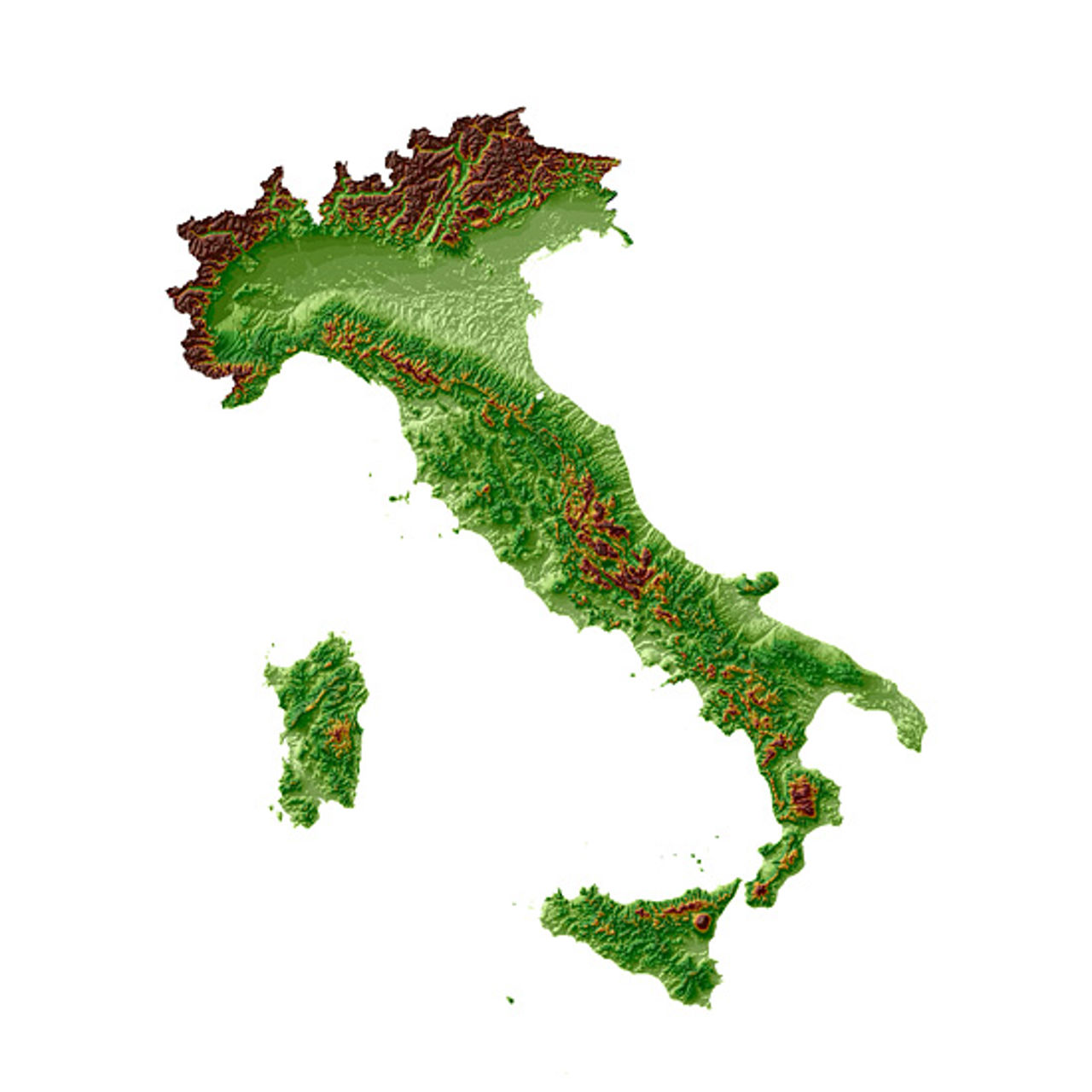
Facts about Italy
-
Population: 60 million
-
Capital: Rome
-
Government: Republic
-
President: Sergio Mattarella
-
Prime Minister: Giorgia Meloni
-
Language: Italian
Rapid growth
Statkraft opened its own office in Milan in 2020.
"The corona pandemic gave us a modest start, but since October 2020, Statkraft has grown rapidly in Italy, and we are approaching 30 employees across the country. We work on projects within solar and wind power and battery storage, and we are active in power purchase agreements (PPA) and other market activities," says Ricci Armani.
As a company with long hydropower experience, Statkraft is also interested in this energy technology in Italy.
"Some of the hydropower licences issued to private companies have expired, and the European Commission has called on Italy to renew them to strengthen competition. It's a discussion that has been going on for many years. The hydropower potential in Italy has been fully utilised, so it's not a question of building new facilities, but possibly increasing the capacity of existing power plants. This could potentially be an important part of our activity in Italy," he says.

Combination between agriculture and energy
In any case, the largest growth in renewable energy sources up to 2030 is expected to come from sun and wind. Competition between companies is fierce, which has led to a sharp increase in land prices.
"Several local communities are concerned that the power plants are establishing themselves in agricultural areas, where many farmers prefer to sell the land to power companies at a good price rather than grow fruit and vegetables. Agrivoltaics, the simultaneous use of land for solar cells and agriculture, can be a good compromise in this context," says Ricci Armani.
Statkraft has launched a project with an Italian university to find out which agricultural products are best suited to be grown in parallel with the production of solar power.
"We hope to come up with solutions that can create good synergy effects between agricultural and power production," he says.

High standards
Bernardo Ricci Armani sees two main challenges for Statkraft's business in Italy:
-
Statkraft maintains a high quality level in its projects, while contractors in some cases do not meet the same standard.
-
Statkraft does not compromise on compliance with the company's values.
"Some contractors are sceptical about entering a partnership with us because they don't know whether their subcontractors will be able to meet Statkraft's requirements. Nevertheless, I see Statkraft's high standards and Norwegian culture as a competitive advantage," he explains.
Statkraft expends a lot of effort on communication in Italy, not least with the Italian authorities.
"We inform them of who we are and how we work, often in collaboration with the Norwegian Embassy and Innovation Norway. We are here to invest, and Italy is a country with great opportunities," he says.

I anticipate more problems when central authorities in Rome make more decisions affecting the regions. This is currently one of the fiercest debates in Italy.
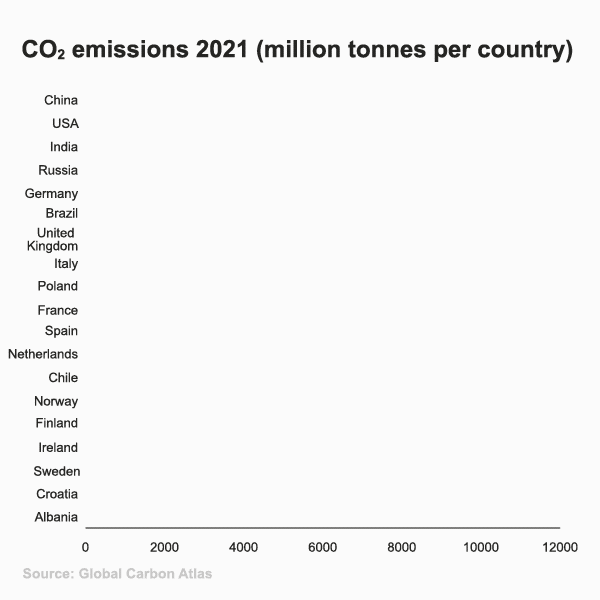
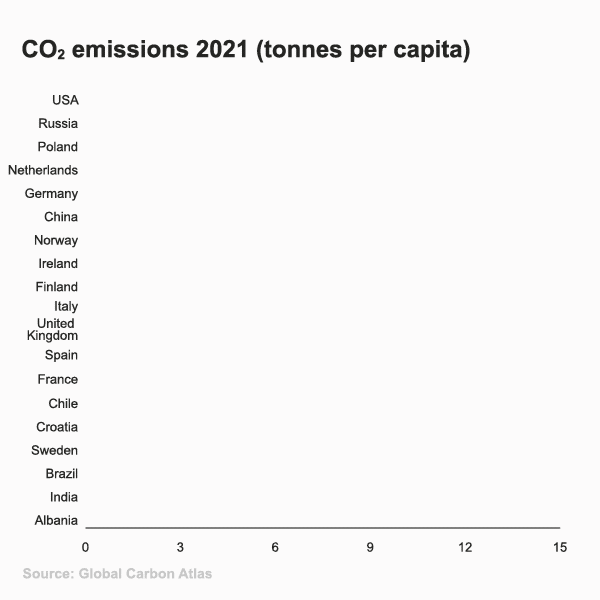
Other country series articles
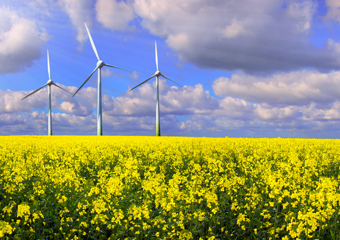
Country series: German energy revolution
2017 marked the first year when more power was produced from renewable sources than from coal in the industrial giant Germany. Nuclear power and coal power will be phased out over the next few years,...
Read more

Country series: Sweden global leader in reducing climate impact
Few countries in the world use more energy per capita than Sweden. Nevertheless, its greenhouse gas emissions are low, thanks to renewables generating a large part of the power consumed. The homeland...
Read more
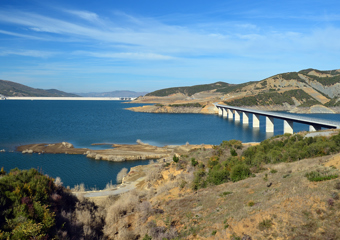
Country series: Albania's hydropower important for the Balkans
Albania can play a key role when the Balkan countries phase out fossil fuels in favour of renewables. Statkraft already operates in Albania, but political risk can put a damper on further growth.
Read more
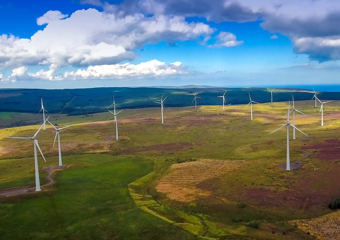
Country series: Ireland with an ambitious climate action plan
About 40 per cent of Ireland's electricity currently comes from renewable sources, but the country aims to increase this to 70 per cent by 2030.
Read more
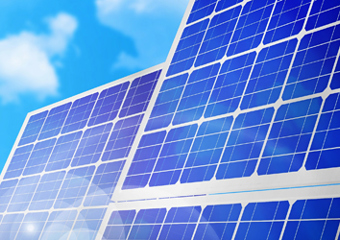
Country series: Green ambitions in Spain
Renewable sources accounted for almost 47 per cent of the electricity produced in Spain in 2021. This is the highest share of renewable electricity since measurements began, but short of the Spanish...
Read more
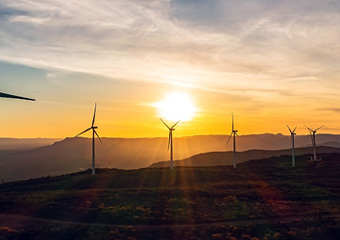
Country series: Resource wealth in Brazil
Brazil is blessed with a wealth of natural resources and one of the world's cleanest power supplies. Large-scale investment in solar and wind power will provide even more renewable power in the years...
Read more

Country series: Ireland with an ambitious climate action plan
About 40 per cent of Ireland's electricity currently comes from renewable sources, but the country aims to increase this to 70 per cent by 2030.
Read more

Country series: United Kingdom, a leader in ambition
The United Kingdom has major ambitions for cutting its greenhouse gas emissions. The goal is to become a zero-emission society by 2050. Getting there will be a taxing process and requires strong poli...
Read more

Country series: Faster progress on renewables in Italy?
With its long coastline, high mountains and sunny Mediterranean islands, Italy should be well placed to increase its production of renewable energy. The challenge is to link power production with co...
Read more
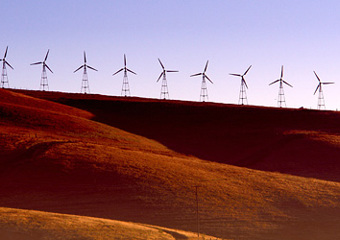
Country series: The United States is still a land of opportunity
Since Statkraft opened an office in the U.S. in 2015, the company's U.S. operations have revolved largely around trading in CO2 allowances and renewable energy certificates. Statkraft is now well posi...
Read more
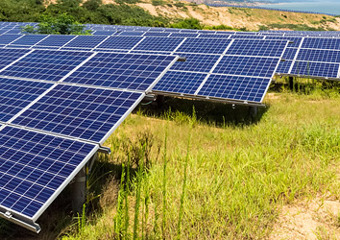
Country series: Renewables grow fast in Poland
Poland is one of the largest countries in Europe both in terms of energy consumption and energy production, and coal is still the main energy source. At the same time, Poland has the fastest growing...
Read more
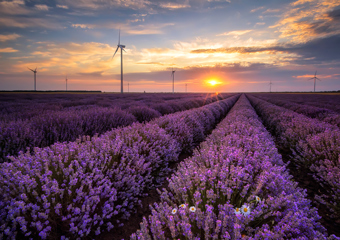
Country series: Green visions in France
Nuclear power nation France faces massive changes in the energy sector in the years to come. An ambitious commitment to wind and solar power is one of the measures that will ensure that the climate ...
Read more
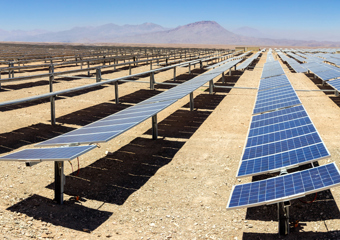
Country series: Chile leads the way with commitment to renewable energy
Chile has ambitious climate targets: 70 per cent of the country's electricity will come from renewable sources by 2030, and the country will be carbon neutral by 2050.
Read more